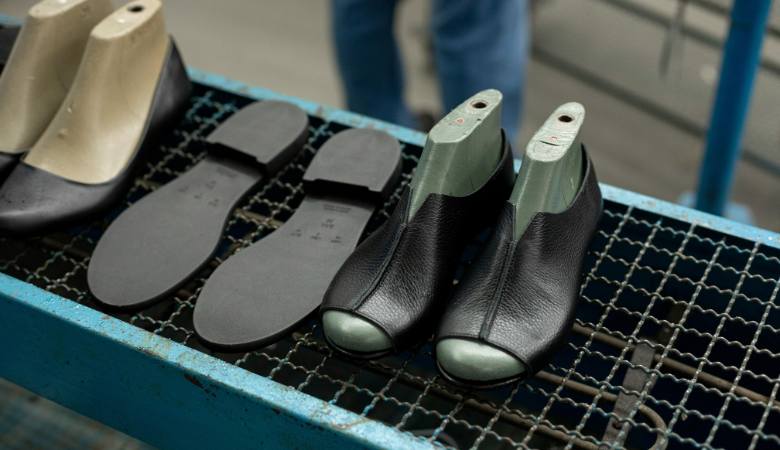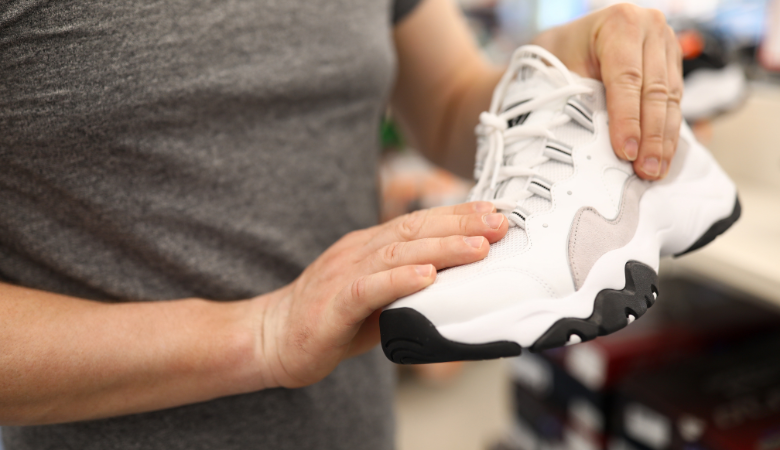
Introduction
In the fiercely competitive footwear and apparel market, ensuring product quality is not only the cornerstone for meeting consumer demands, but also the key to corporate brand credibility and sustainable development.
As independent quality control experts, 3rd party inspection companies play a crucial role.
They not only help brand owners and manufacturers identify potential quality issues, but also ensure that products meet industry standards and consumer expectations through professional inspection services, thereby effectively reducing the return rate and enhancing brand competitiveness.
This article will guide you on how to select the best 3rd party inspection companies for your footwear and apparel business to ensure worry-free product quality.

Key factors
Experience and reputation in the footwear and apparel industry
A 3rd party inspection company with profound industry experience, leveraging its long-term accumulated expertise, possesses unique insights and solutions for the selection of shoe and clothing materials, fine control of production processes, and common quality issues within the industry. They can utilize this valuable experience to provide you with more precise and efficient inspection services, effectively avoiding potential risks in the production process and ensuring consistent product quality. At the same time, an inspection company with a good reputation in the industry is not only a strong proof of its professionalism and reliability, but also an indirect guarantee of your company's credibility. You can comprehensively understand and evaluate the industry experience and market reputation of potential partners by participating in industry forums, reviewing customer evaluations, or seeking recommendations from peers.
Certification and Compliance with Industry Standards
When selecting a 3rd party inspection company, it is crucial to confirm whether it holds authoritative certifications from relevant international or regional accreditation bodies, such as ISO/IEC 17025. These certifications not only endorse the scientific nature of the company's inspection processes and results but also reflect its professional competence and technical prowess. Furthermore, with the increasingly close global trade, standards and regulations for footwear and apparel products vary across different countries and regions. Therefore, choosing an inspection company that is familiar with and can assist you in strictly complying with the specific standards and regulations of the target market is particularly important. Whether it is the REACH regulation in the European Union or the CPSIA in the United States, a professional inspection company should possess extensive experience and guidance capabilities to ensure that your products can smoothly enter and occupy the target market.
Types of inspection services provided by 3rd party inspection companies
To meet the full-chain quality control needs of the footwear and apparel business from the initial production phase to final delivery, it is crucial to choose a 3rd party inspection company that can provide comprehensive inspection services. These services should cover multiple aspects such as raw material inspection, production process control, and finished product inspection, ensuring that every process meets quality standards. Raw material inspection ensures the reliability of the purchased materials, avoiding production delays or product quality degradation caused by material issues; production process control allows for real-time monitoring of the production process, timely detection and correction of deviations in production; and finished product inspection serves as a comprehensive quality check for the final products, ensuring that each product meets customer expectations and requirements. Therefore, when choosing a 3rd party inspection company, it is essential to understand whether the services provided are comprehensive enough to meet the full range of your business needs.
Can on-site inspection and audit be conducted
On-site inspection, as one of the important means of quality control, can more intuitively identify problems and assess the effectiveness of the production environment and processes. Therefore, selecting a 3rd party inspection company that can provide on-site inspection and audit services is crucial. Such companies can not only delve into the front line of production, view the production status on-site, but also communicate directly with production personnel to understand the details of the production process. Through on-site inspection and audit, production quality can be more effectively monitored, deviations in production can be timely detected and corrected, ensuring that product quality is always kept within a controllable range. At the same time, on-site inspection can also provide strong data support for subsequent improvement and optimization, helping enterprises continuously improve product quality and competitiveness.
Reporting and communication process
In the process of selecting 3rd party inspection companies, clear and timely inspection reports and effective communication mechanisms cannot be overlooked. As a direct reflection of inspection results, the accuracy and timeliness of inspection reports are crucial for corporate decision-making. Therefore, when selecting an inspection company, it is important to understand whether its report format is standardized, whether the submission frequency meets the needs, and whether it supports online viewing or customized reports. In addition, a good communication mechanism is also key to smooth cooperation. An excellent inspection company should be able to actively listen to customers' needs and opinions, respond promptly to customers' questions and concerns, and ensure unimpeded information flow. Through such communication and cooperation, we can jointly promote the continuous development of quality control work in the footwear and apparel business.
Gain a deep understanding of various inspections and services
Pre-production inspection by 3rd party inspection companies
Pre-production inspection is the primary step in the quality control of footwear and apparel. Its core lies in the strict control of raw material quality and the verification of consistency between design drafts and samples. This step is crucial as it directly affects the smoothness of subsequent production processes and the stability of the final product quality. Professional 3rd party inspection companies will meticulously inspect key indicators such as texture, color, and durability of raw materials to ensure that each batch of materials meets the established quality standards. At the same time, they will also carefully compare the design drafts with the actual samples, from size, style to detail processing, to ensure that the produced products accurately reflect the designer's original intention and meet the expectations of the market and consumers.



